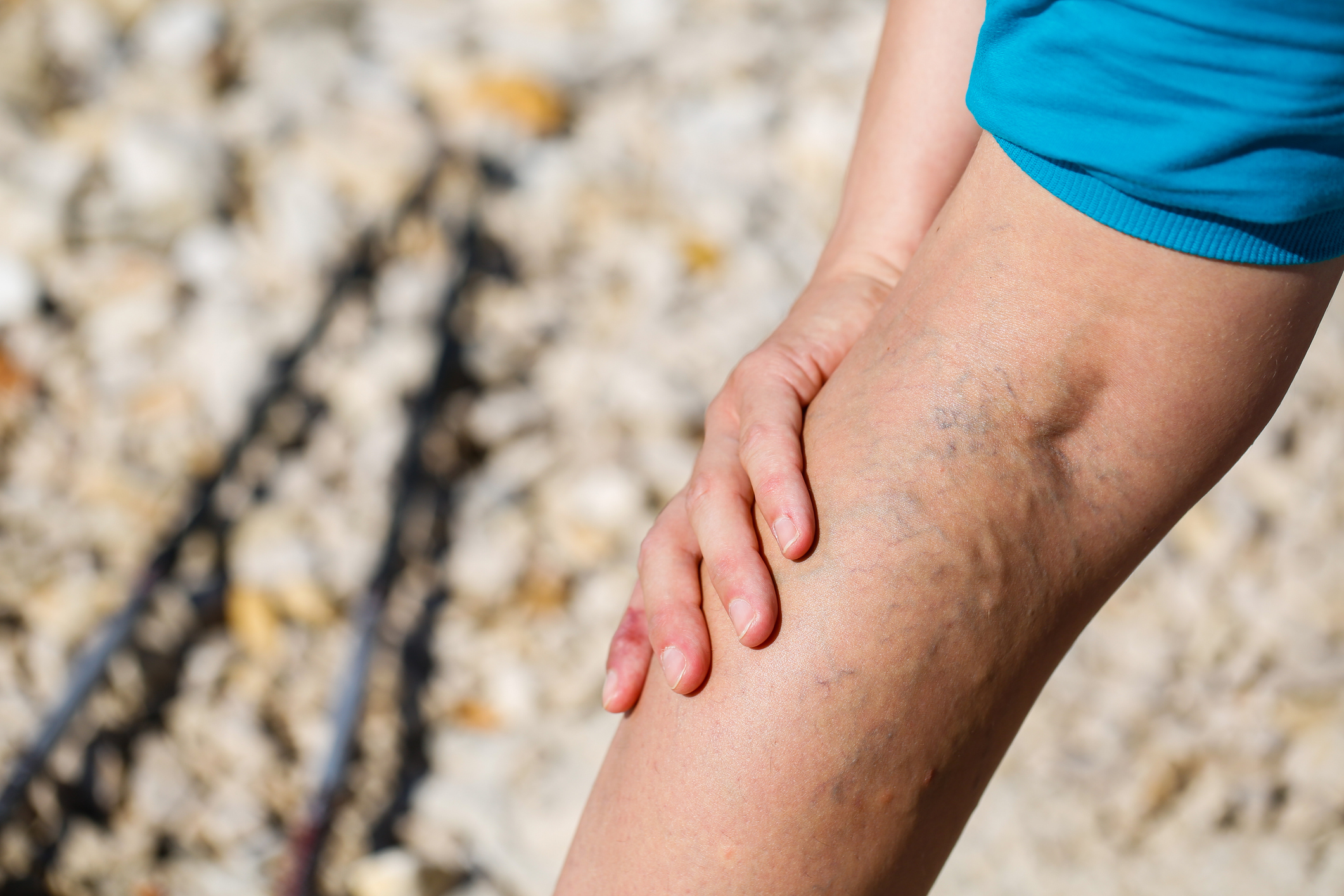Author: Lindsey Ulrich

People with DVT can experience swelling and pain in the legs, skin breakdown, and/or cramping in the calf."
Deep vein thrombosis (DVT) occurs when a blood clot forms in a deep vein in the body, often found in the legs. The blood clots that form can break loose, traveling to other parts of your body such as your lungs (pulmonary embolism) and blocking blood flow.
When DVT and a pulmonary embolism (PE) occur together, it is called venous thromboembolism (VTE). At McLaren Greater Lansing, the VTE Clinic specializes in working closely with its patients to find the right treatment options when a DVT or PE is diagnosed and to reduce factors that can cause blood clots.
“We work closely with the emergency department to make quick decisions on the best treatment plan for patients coming in with VTE,” said Peter Burke, MD, interventional cardiologist at McLaren Greater Lansing Cardiovascular Associates.
“We are able to provide education, treatment plans, and interventional therapeutic modalities on critical cases that help reduce morbidity and mortality and result in a shorter hospitalization time.”
Ibrahim Shah, MD, interventional cardiologist at McLaren Greater Lansing Cardiovascular Associates, with Dr. Burke and Jill Knox, PA, provide education and treatment at the VTE Clinic.
“Our VTE Clinic provides a full spectrum of diagnostic and interventional options, from performing ultrasound on the legs and arms to diagnose DVT to identifying the cause of the blood clotting disorder,” said Dr. Shah.
There are several factors that can increase the risk of developing DVT or VTE. People who are often sedentary, have a family history of blood clotting, or have cancer are among those with greater risk of developing DVT.
“Certain surgical procedures, such as hip, knee, or bariatric surgery, are also associated with an increased risk of developing DVT,” said Dr. Shah. “Heart disease, lung disease, and certain autoimmune disorders — such as lupus or inflammatory bowel disease — can cause a hypercoagulable state that increases their risk of DVT as well.”
Those who are prone to having varicose veins are also at an increased risk of developing DVT.
“The blood moves in one direction in your legs through superficial and deep veins that go back to the heart,” said Dr. Burke. “If the blood doesn’t move effectively through the legs — a condition known as chronic venous insufficiency — it can cause a lot of symptoms and can lead to more serious conditions.”
People who have DVT can experience swelling and pain in the legs, skin breakdown, and/or cramping in the calf. If a PE occurs from a DVT, people start to experience sudden shortness of breath, chest pain while breathing or coughing, rapid pulse, and a feeling of faintness. The mainstay of treatment is blood thinners, but for those experiencing serious symptoms, the blood clots may be removed surgically or by infusion that involves blood clot busting medication through an IV line in the vein.
“If you are experiencing any symptoms related to VTE or PE, go straight to the emergency department,” said Dr. Burke. “There, they will perform tests, including a cat scan of the chest to confirm a PE, as well as an ultrasound of legs to localize the DVT in order to intervene and treat.”
For more information about the clinic and providers, click here.
To read more articles on health and wellness, click here.